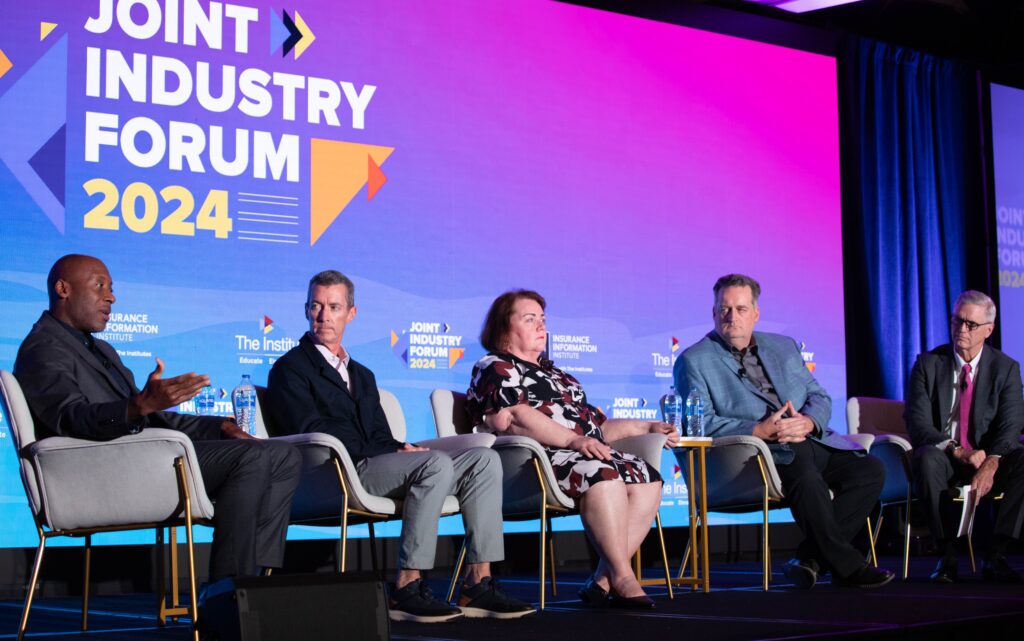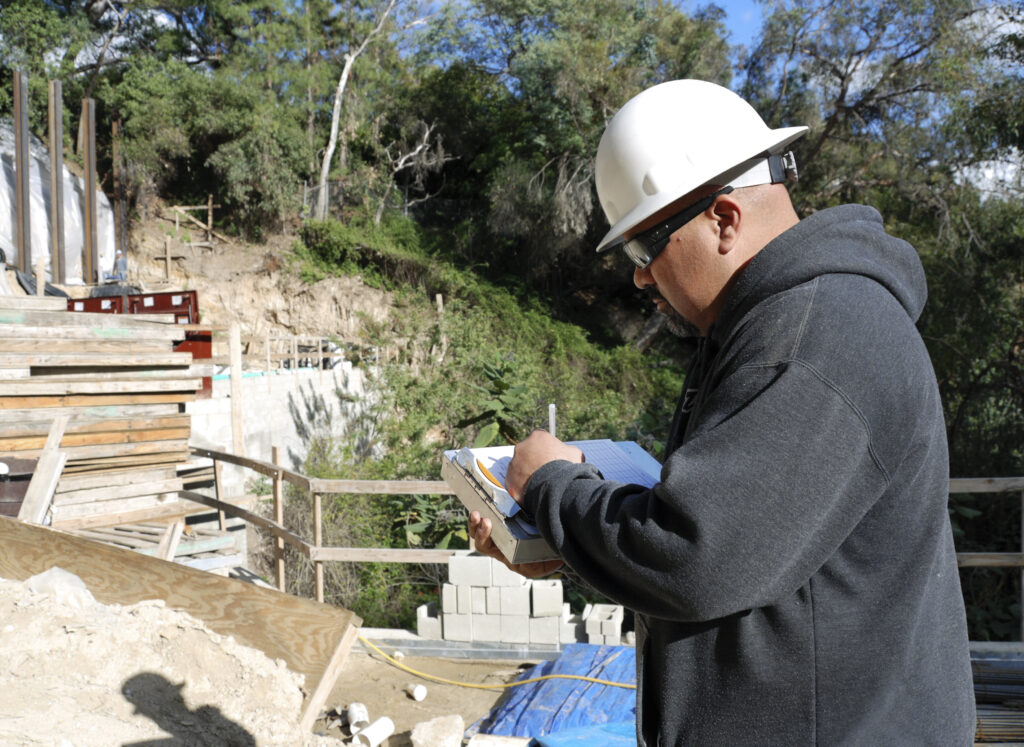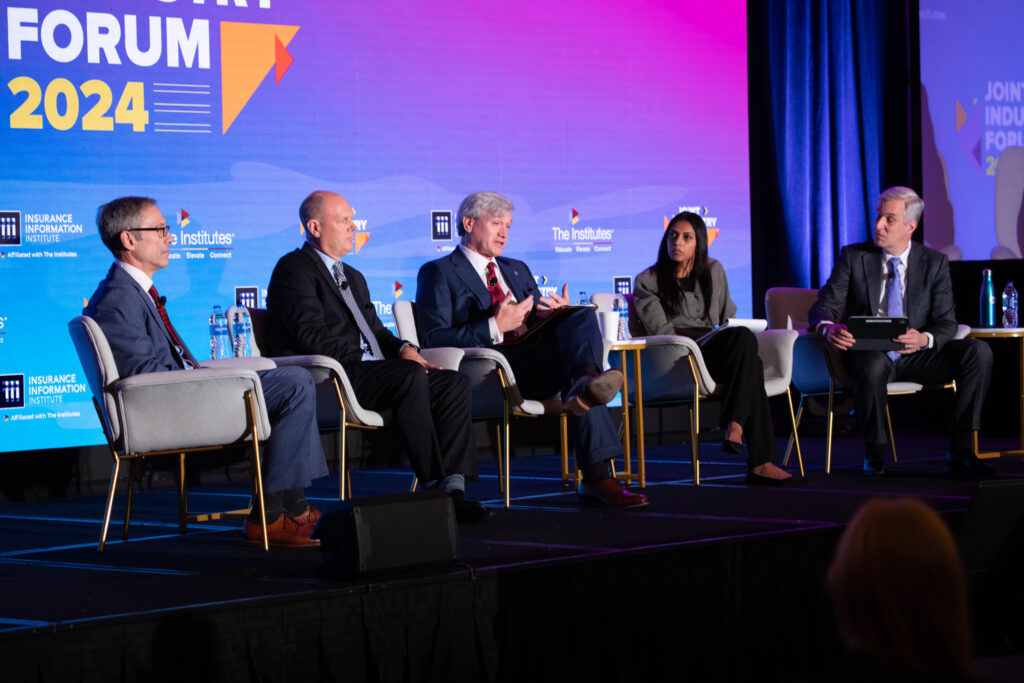The landscape of risk is undergoing a dramatic transformation, becoming increasingly complex, frequent, and unpredictable. This new reality demands a fundamental shift in how businesses and insurers approach risk assessment and management, according to a white paper by Majesco on trends shaping insurance in 2025.
Insurance operational costs are increasing, growth is limited, and profitability challenges are becoming more pronounced. These issues underscore the fact that current operational business models and technology frameworks are no longer sufficient to meet the demands of today’s dynamic world, the report contends.
For example, only around 5% of property/casualty and life, accident and health insurers are “leading the way in innovation,” according to an April 2023 report by AM Best, Majesco noted.
Without a new business model and technology foundation, insurers will struggle to find a profitable growth strategy, improve operationally, respond rapidly to market opportunities, innovate with new products and services, and satisfy customers, employees, or distribution partners, according to the report.
A new report from Majesco cites the following eight trends will shape the insurance industry in 2025:
Trend 1: New Era of Risk Demands New Technology
The increasing frequency and complexity of risk events is forcing insurers to completely rethink how they assess and manage risk. Over the past five years, the U.S. has experienced an average of 18 billion-dollar disasters annually, more than double the long-term average of 8.1 such events per year from 1980 to 2022, according to the report. This stark increase is attributed to a combination of factors, including increased exposure, vulnerability, and the impacts of climate-related perils.
Moreover, the nature of risk events is evolving, often presenting as combined risks that amplify their impact. Hurricane Helene serves as a prime example of this trend, Majesco noted. The storm not only caused extensive property damage but also led to significant business interruption and more than 100 fatalities.
Traditional predictive models are becoming obsolete as insurers must adopt innovative technologies and data analytics to better understand, prevent, and mitigate increasingly unpredictable risks.
Trend 2: Growing Protection Gap Consequences
The widening gap between insured and uninsured losses is creating a crisis of affordability and trust in the insurance industry, with rising costs forcing many customers to reduce coverage or go uninsured.
Recent catastrophic events have highlighted the severity of this issue. Hurricane Helene, estimated to be a $50 billion event, saw an estimated 95% of losses go uninsured, according to Majesco.
The impact of rising insurance costs is felt across generations. According to recent research, 76% of younger consumers (Millennials and Gen Z) have had to tighten their budgets due to increased insurance expenses. Even 61% of older generations (Gen X and Boomers) report similar financial pressures.
Trend 3: Rise of Climate Risk Technologies
Climate change is driving insurers to adopt sophisticated technologies like AI models, IoT sensors, and advanced analytics to better understand and respond to environmental risks. This technological evolution is also creating convergence between insurance and banking sectors as both industries grapple with measuring and managing climate-related financial risks.
Technology enables insurers to rethink loss control for property. “Today it is primarily used for high-value or high-risk properties, leaving a large portion of insurers’ portfolios untouched,” the report noted. “Instead, by leveraging technology with self-surveys and videos with advanced analytics to assess the risk, insurers can segment and assess their entire property portfolio cost-effectively.”
Trend 4: Modern Insurance Constrained by Out-of-Sync Business Model
Legacy insurance operating models are struggling to keep pace with modern risks, leading to decreased profitability and higher expense ratios, according to the report. The report emphasizes the need for insurers to leverage emerging technologies like Cloud, APIs, AI/ML, GenAI, and IoT to optimize operations and innovate.
This shift is not just about staying competitive, but also about improving efficiency, speed to market, and customer experience in a rapidly changing risk landscape.
Trend 5: Democratization and Demonetization of Data
The insurance industry is witnessing a significant trend toward democratization and demonetization of data, making it more accessible, understandable, and actionable through new technological approaches that eliminate traditional cost barriers and data silos.
This shift is expected to level the playing field between large and small insurers by reducing data and analytics costs, eliminating the cost multiplier effect from the use of data by multiple entities, and making advanced data and analytics available to any organization, regardless of size. The trend is being driven by factors such as intelligent core solutions, embedded analytics, and the adoption of AI and GenAI.
“Data has always been the lifeblood of the insurance industry but today it is a vital asset in our digital world and increasingly crucial across every part of the insurance value chain. But access to data continues to be challenging and expensive,” the report stated.
Trend 6: AI and GenAI Propels Real Business Optimization
The integration of AI and GenAI into insurance business processes is transforming the industry, driving improved productivity and accelerating employees’ performance. A report from The Boston Consulting Group (BCG) highlights that only 4% of companies have fully integrated AI across functions, yielding significant value, while an additional 22% have implemented AI strategies and are starting to see substantial gains.
Over the past three years, AI leaders achieved 1.5 times higher revenue growth, 1.6 times greater shareholder returns, and 1.4 times higher returns on invested capital while also excelling in non-financial areas like patents filed and employee satisfaction, the BCG report found.
This AI transformation is particularly crucial as the insurance industry faces a massive workforce transition with half of insurance professionals expected to retire by 2030, the report noted.
Trend 7: Market Shifts Fuel New Product Growth Opportunities
Customer needs and changing risk patterns are driving demand for new insurance products. The report highlights four key areas of growth in the insurance market: Protection as a Service, the rise of specialty insurance, the emergence of parametric products, and the growth of supplemental and worksite products.
“Today’s customers are increasingly disillusioned with the ‘traditional’ insurance approach, creating a loyalty fault line between customers’ needs and expectations with insurers’ ability to deliver. While risk and trust tend to be constants, customers increasingly have no guaranteed loyalty to old models, even from trusted brands,” the report’s authors said.
Trend 8: The Algorithmic Economy Powers Intelligent Core Solutions
The integration of advanced analytics and AI directly into core insurance processes is creating a new “algorithmic economy” that fundamentally changes how insurance operates. This embedded intelligence is enabling insurers to make better decisions, operate more efficiently, and respond more quickly to market changes and customer needs.
“Embedded intelligence is part of the new ‘algorithmic economy’ and is the innovation catalyst needed to help insurers stay ahead of market trends and technological shifts, giving them the confidence to navigate complexities with ease and significantly improve business operations,” the report stated.
Obtain the full Majesco report here.








